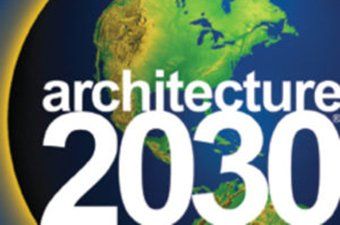The future of workplace design: What LA business owners and landlords should consider
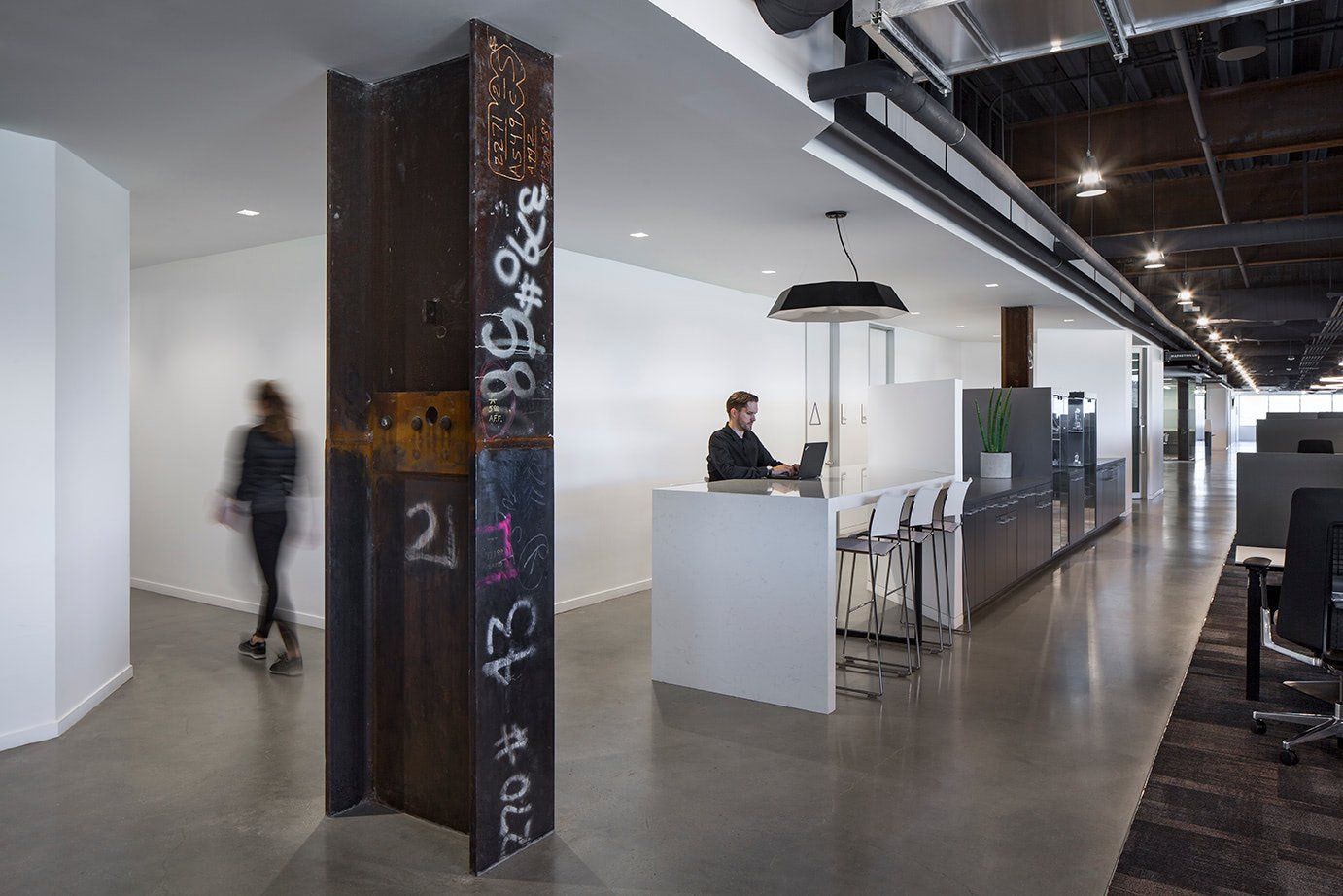
With the dust finally beginning to settle following two years of a pandemic-fueled workplace transformation, office occupancy rates are finally on the upward trend, albeit slowly. With Kastle Systems "back to work occupancy barometer" hitting
39% in April, a 28% increase from April 2020, it's clear that C-Suite leaders are finally welcoming employees back to office life.
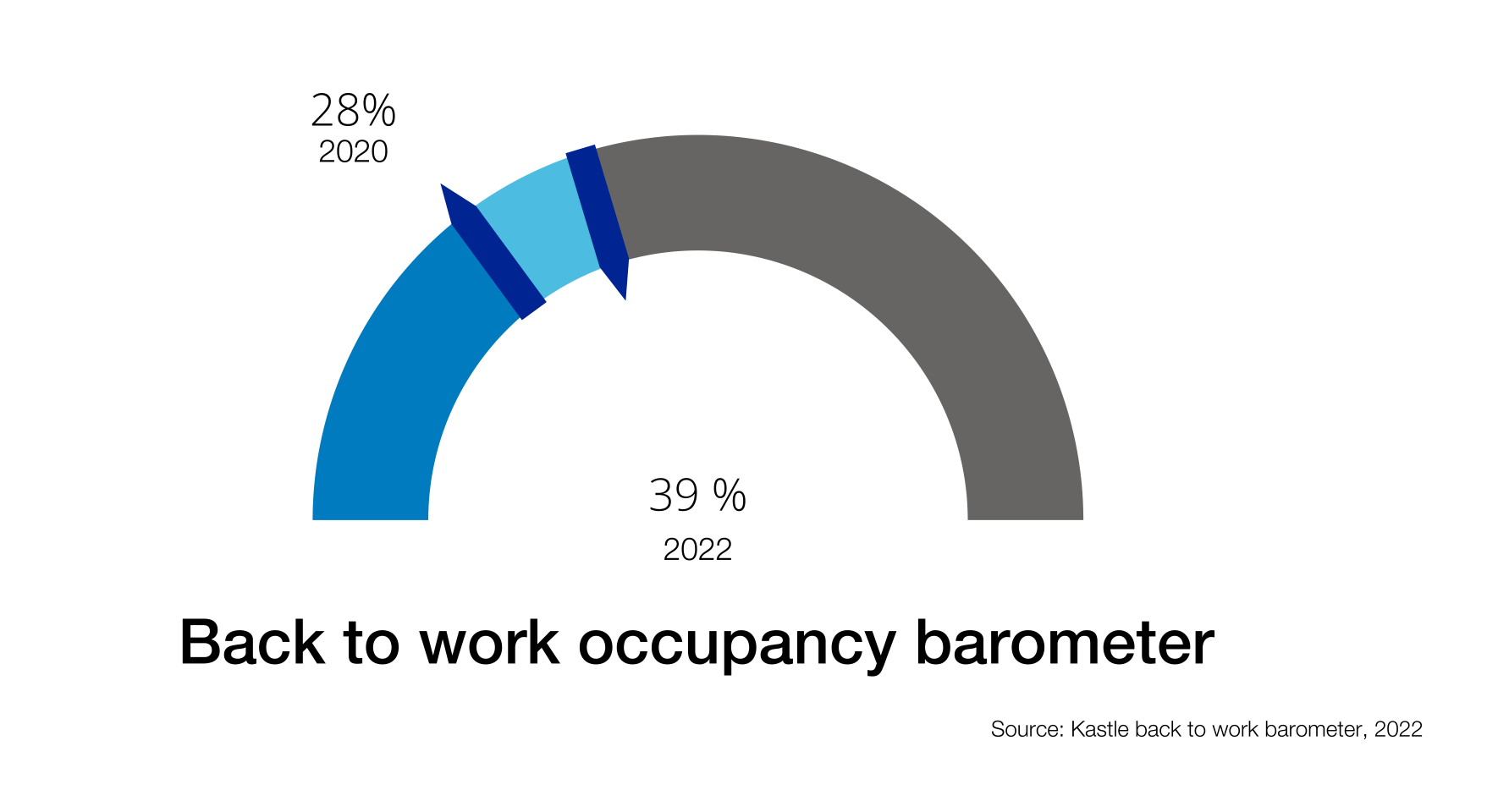
Though there's still a lot of uncertainty about the future of work with the risk of new COVID-19 variants, one thing is very clear: returning to the office won't look anything like it did before. Changing employee demands and the popularity of hybrid working models have altered workplace design as we know it—maybe forever.
What does this mean for LA business owners and landlords?
As a workplace design firm, business owners frequently ask us how they can design their office to attract and keep top talent and meet business goals, while landlords want to know how they can attract said business owners. Whether you’re a business owner or landlord, here’s what you need to consider when it comes to post-covid workplace design.
Why are employers keeping their offices?
Despite the success of remote working, many employers are moving to a hybrid approach. According to
Great Place To Work, camaraderie and morale (61%) and collaboration (45%) are the top ways executives expect returning to the office will improve company culture.

Additionally, most employees are happy with a hybrid work model. In CBRE's recent
Workforce Sentiment Survey of 10k+ employees surveyed across 18 countries, 85% said they would prefer to work virtually at least two to three days a week.
Many employers also believe in-person interactions in an office environment are vital for improving collaboration, driving innovation, meeting employees' socialization needs, networking, team building, and mentoring.
Workplace design must respond to these new age needs, albeit with a different approach than before the pandemic.
Creating a better employee experience is a top priority
With "The Great Resignation" and greater access to remote working, it has become a true employees' market and possibly will be for the foreseeable future. To attract and retain excellent talent post-covid as a business owner or market your property as a landlord, workplace design should strive to inspire employees and make them
want
to be in the office.
As we consult with employers and landlords, we help them visualize more employee-centric, amenity-rich workplaces, help them understand what employees expect from the workplace after two years of working from home, and offer the facilities they need to attract top talent back into the workplace.
The future of workplace design is safe, engaging, and flexible
A well-functioning and well-branded workplace has long been linked to a motivated, productive, and competitive workforce, however, people aren't returning to work in the numbers many of us expected. With employee demands increasing and many workers preferring to stay at home, it has become difficult to attract employees back to the office.
Employees may not want to give up their sweatpants, zero commute, comfy work-from-home lifestyle to go back to office wear, sitting in traffic, and formal meetings. Research shows that most workers want a mix of both.
What does that mean for workplace design? Corporate offices should be as welcoming and functional as possible to fit each company’s unique work models, goals, and company culture. Offices need to be more amenity-rich with flexible spaces that accommodate collaboration, independent work, and client meetings— safely and efficiently.
COVID-19 safe workplace design
COVID safety continues to be a major concern of LA business owners, as they are responsible for providing a clean, safe, and healthy workplace post-covid. Landlords must support those responsibilities wherever they can to attract and keep their tenants. Design features worth considering are:
WiFi-enabled outdoor work areas
Outdoor workspaces lend themselves nicely to covid safety and enhanced employee wellbeing. If outdoor space is available, providing WiFi-enabled work areas is a great option to offer employees.
Touchless technology
From sanitizing stations that automatically pump out hand sanitizer to automatic doors that open without touching any handle to
voice-activated elevators (yes, you read that right!,) there are several ways LA business owners and landlords can improve hygiene and COVID-19 safety with innovative touchless technology.
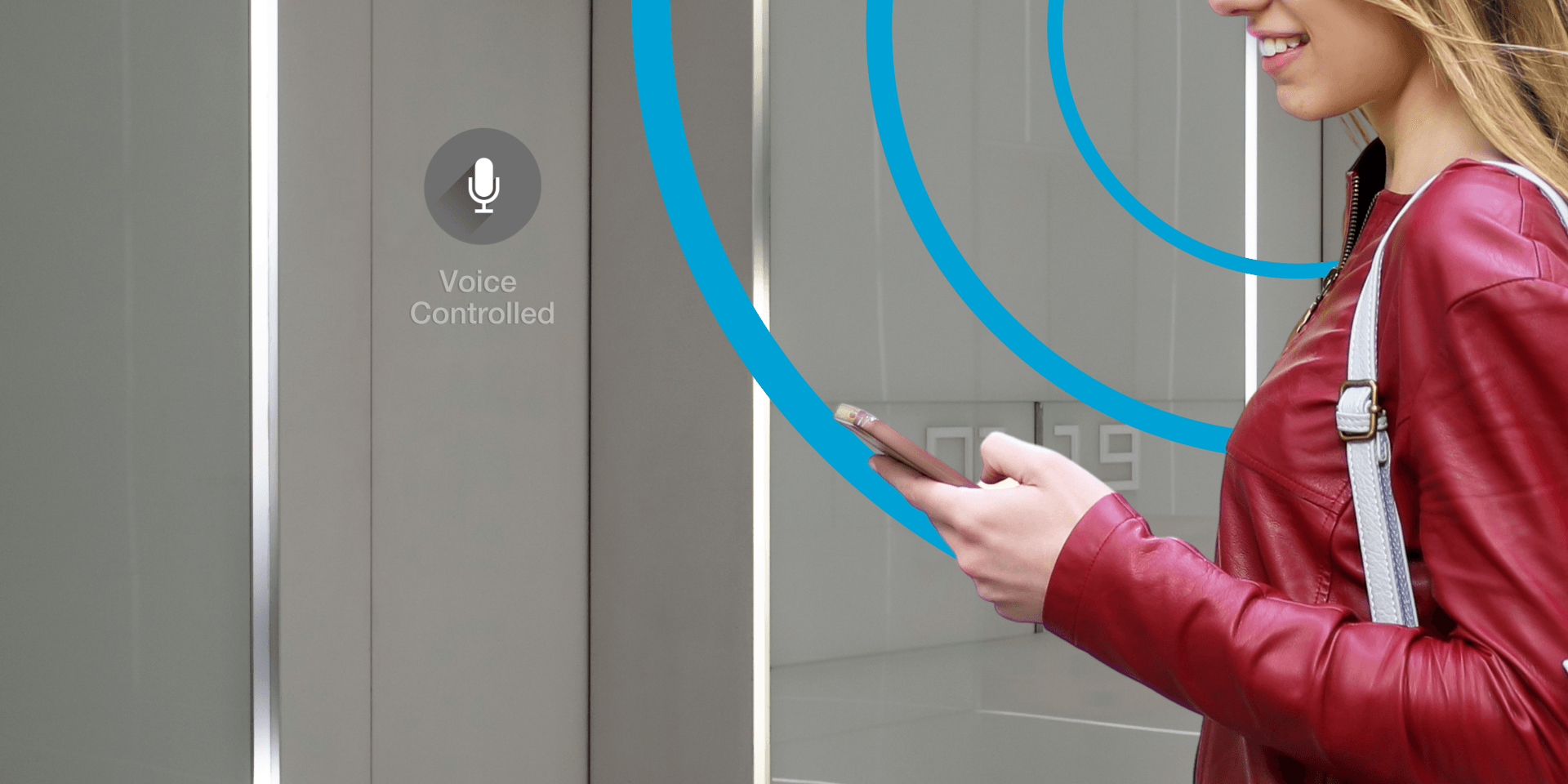
Enhanced cleaning regimens
Business owners and landlords might consider installing easy-to-clean flooring, walls, and furniture and implementing more rigorous cleaning regimens. In addition, they may want to consider using materials and finishes that are inherently antimicrobial.
Improved HVAC systems
As we now well know, increased air circulation, air filtering, and air quality is critical in preventing the spread of COVID-19. Landlords may want to consider upgrading HVAC systems and filters to mitigate the spread of airborne viruses, while employers should think about investing in free-standing HEPA air filtration purifiers for their workplace.
Engaging workplace design
Now, more than ever, employers and landlords need to consider employees’ desire for a more engaging, wellness-focused work environment.
Onsite wellness areas
An increasing prioritization of employees' mental health and wellbeing has come sharply into focus during the pandemic. Creating relaxation areas, outdoor spaces, quiet rooms, and onsite exercise spaces can make coming to work a more attractive option again.
Entertainment hubs
Employees want to work hard and play hard. Giving them a space for recreation, whether it is for playing games, watching tv, socializing over some Friday evening beers, reading, or even playing a game of basketball can make a big difference in attracting them to their new and improved corporate space.
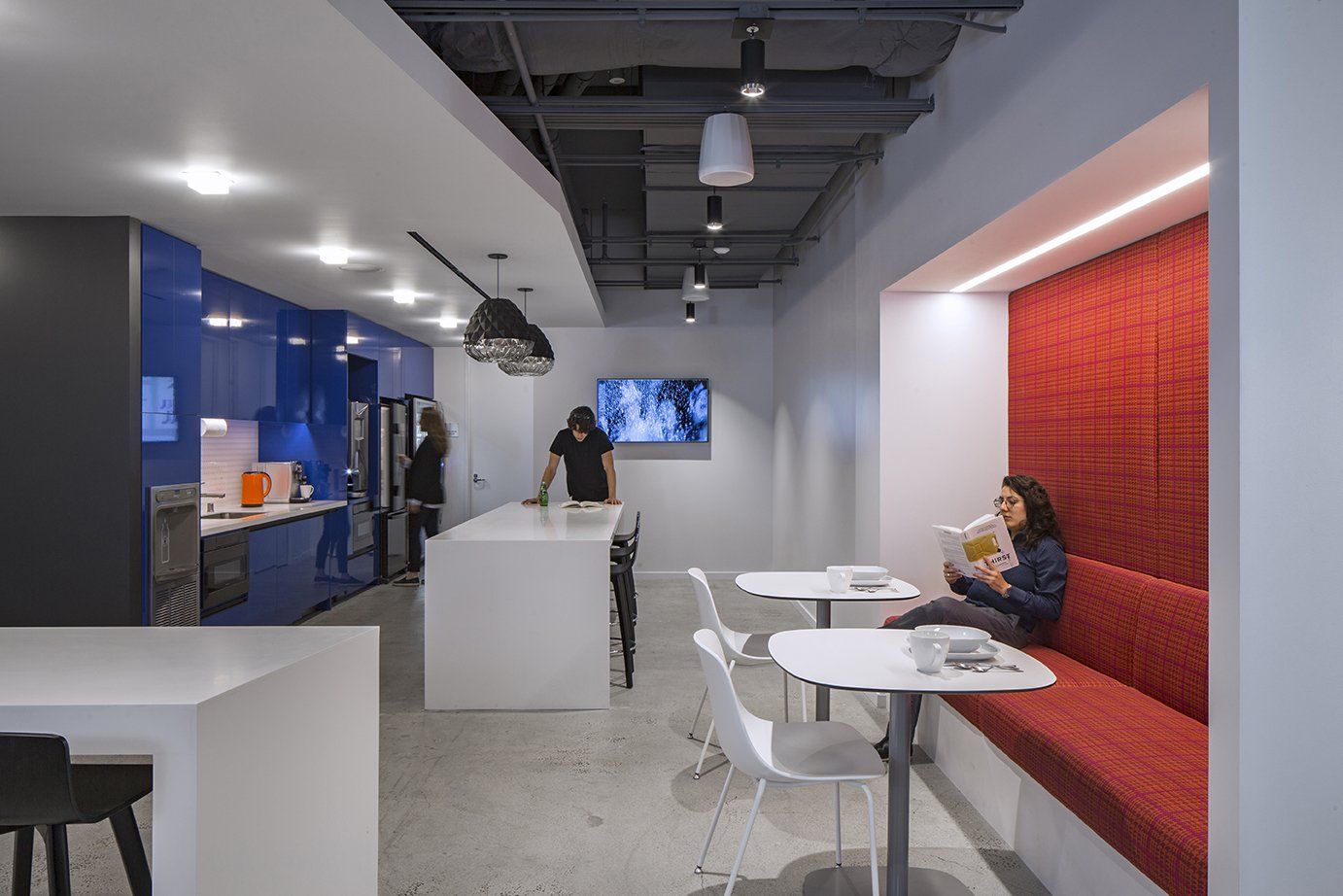
Food amenities
We are all aware of the devastating effect COVID-19 had on the restaurant industry. Our firm is located in the heart of Downtown Los Angeles, an area once called "restaurant row." Post pandemic only a few restaurants have remained open during the work day. Providing amenity-rich break rooms and dining areas may be more essential. Think snack stations, vending machines, and even working delis or kitchens where your employees can refuel throughout the day.
Flexible workplace design

With new hybrid working models and COVID safety measures, we are designing with even more flexibility in mind. Here are the key things we, as architects, are implementing in post-COVID workplaces to make the best and most cost-effective use of space.
Open plan design
Whether tenants are looking for a new workplace or hoping to modify their existing space, open plan designs will still take precedence, enabling a better flow of movement and less confined areas. Open offices continue to promote a more collaborative and socialization-focused work environment.
Flexible workspaces
The future of workspace design has flexibility at its core. From flexible partitions and moveable wall systems to modular furniture, there are many options available to make workspaces adapt to user needs.
Audiovisual upgrades
Upgraded audiovisual capabilities such as large TV screens and audio equipment can help continued virtual meetings, whether in-office employees are meeting with clients or remote team members.
Collaboration areas
One critical element missing from the fully remote working models is the ability to connect and collaborate on a deeper level in person. Workplace designs can respond to this new focus on collaborative culture with inviting lounge areas, open meeting areas, and well-ventilated rooms.
Successful workplace design starts with asking the right people, the right questions.
Navigating these changing needs and expectations to create effective workplaces that attract and engage employees, while making them feel safe and comfortable is more challenging than ever before.
At Wirt Design Group, an important part of our design process is carrying out occupancy surveys, where we gather first-hand feedback to assess how your employees use your corporate space to identify important office needs.
Our approach removes the assumptions and guesswork out of what employees want, how they feel in their current setup, and in understanding their work behaviors and needs. Post-COVID, occupancy surveys will be the best tool in your arsenal to help you visualize a new workplace design that precisely meets the needs and wants of your staff.
Our surveys help you uncover how employees feel about returning to the office and measure staff sentiment to help you transition to a new workplace confidently and effectively. We also gain an understanding of your post-covid work model, COVID-19 safety protocols, and social distancing policies to help us shape the final design.
Through these surveys, we help you make informed decisions, identify employer and employee pain points, and make the best use of your space for maximum efficiency. We help you figure out the kind of space you’ll need over the next few years, helping you with planning, alternatives, and thinking outside the box to make occupancy as cost-effective as possible.
Are you interested in securing an occupancy survey for your client?
At Wirt Design Group, our heavily researched occupancy surveys can reveal a company's corporate strategy for workplace design and inform a more employee-centric architectural design approach. Having designed many workplaces across the country, we leverage our skills, knowledge, and insights from working with corporations in many various sectors to develop better, more flexible, and future-proof workplaces.
Get in touch with us today to inquire about our occupancy surveys and get our architects’ expert advice for your corporate property.
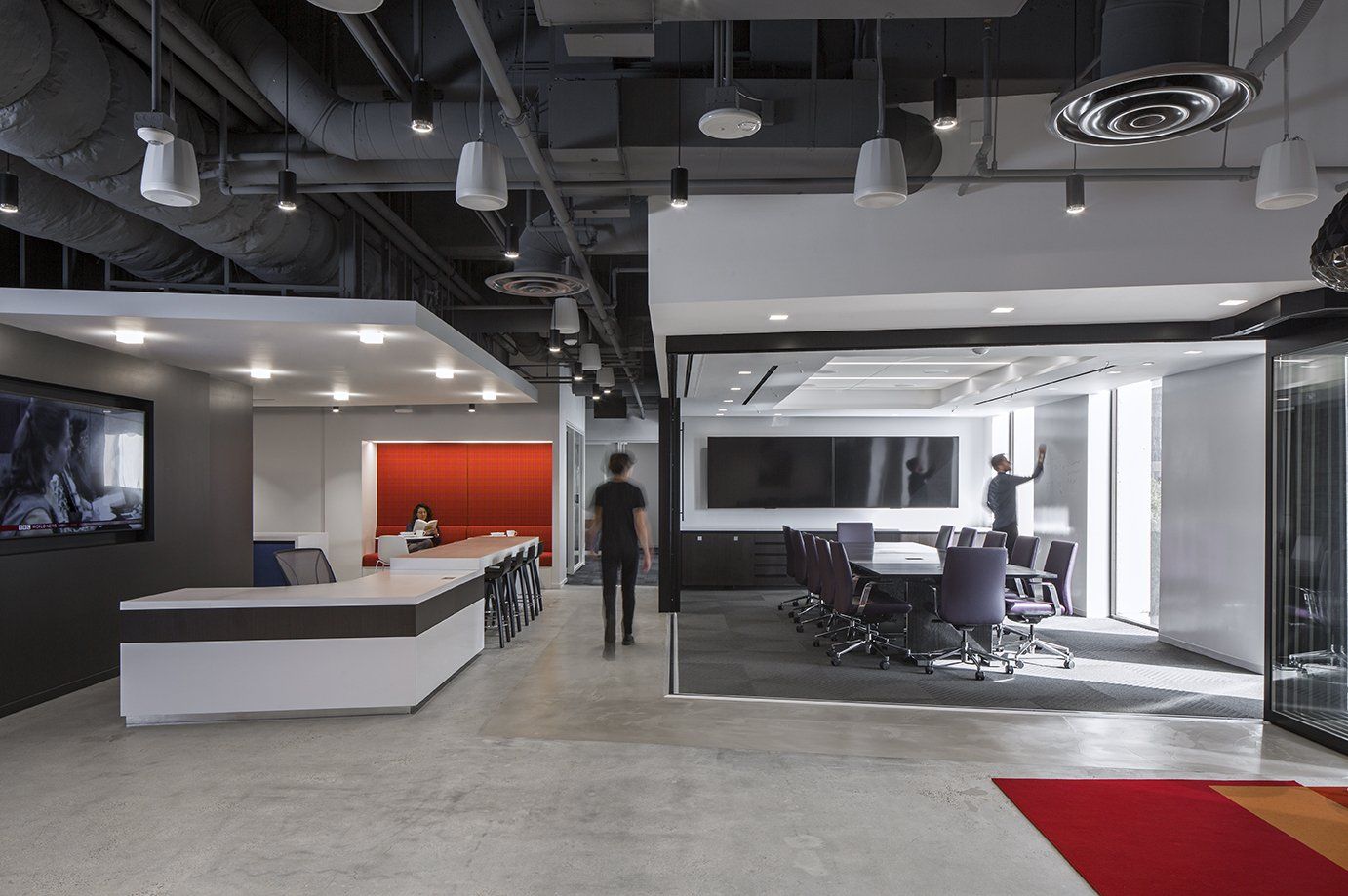
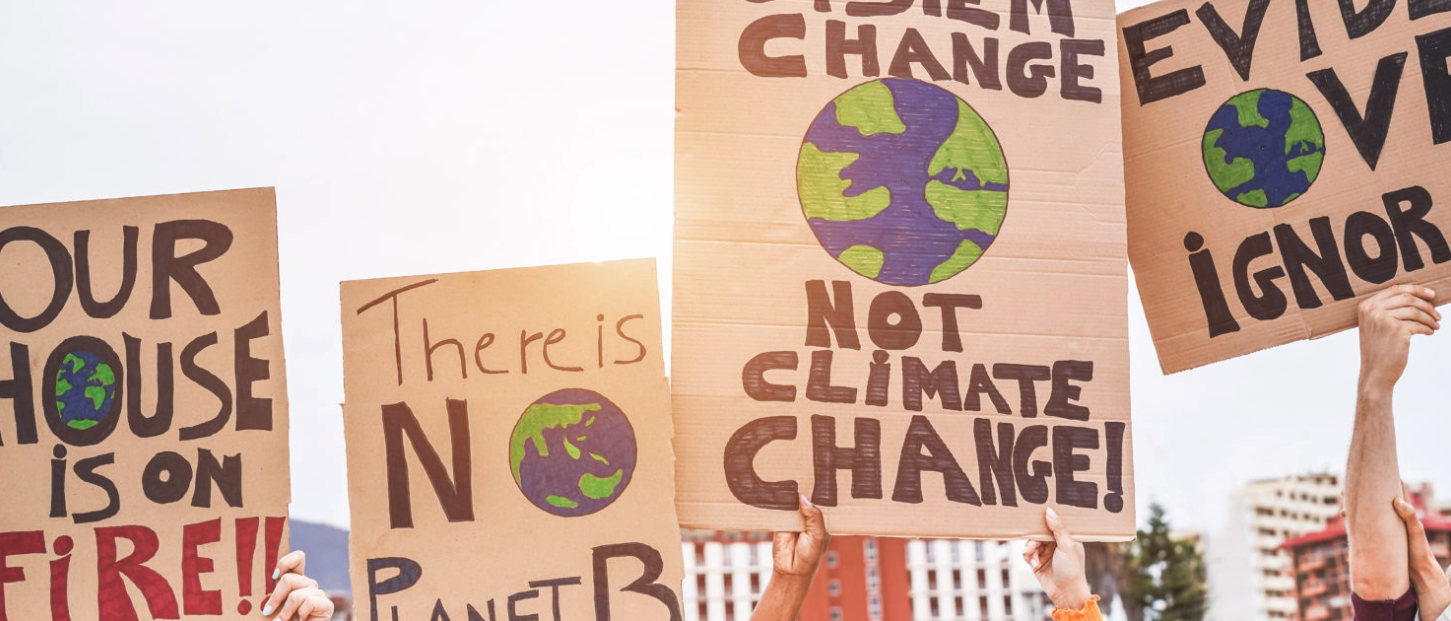
Wirt Design Group is an award-winning commercial space planning, interior architecture and design firm based in Los Angeles.
Wirt Design Group
Contact Us
Thank you for signing up for our newsletter
Oops, there was an error signing up.
Please try again later.

